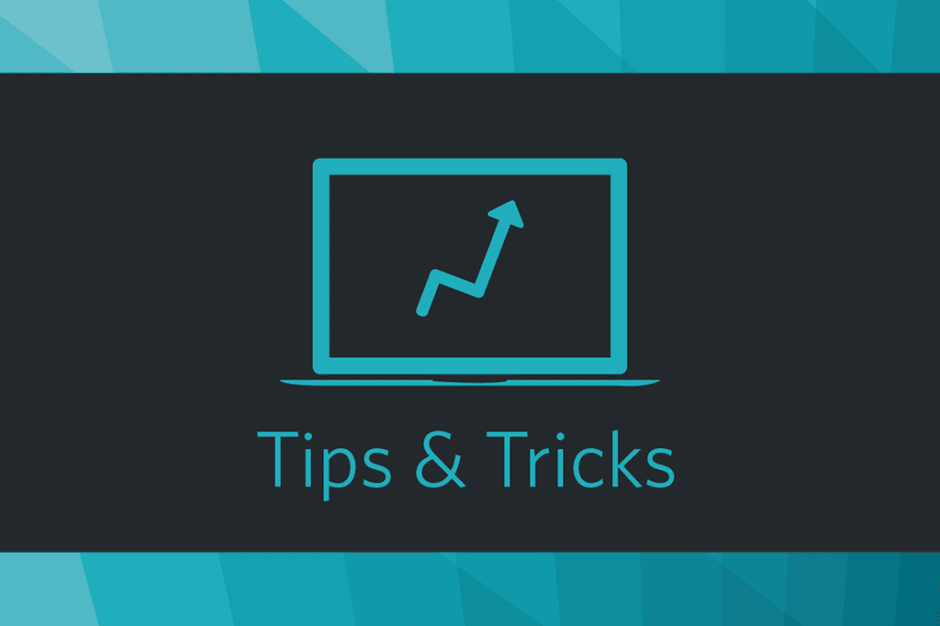Most bloggers at the moment will only be promoting affiliate products on Pinterest by linking to a blog post they’ve already written (which in turn has affiliate links within it). The recent announcement from Pinterest changes all of that; bloggers can now create a pin of their own which contains an affiliate link.
Bloggers might therefore be tempted to start putting affiliate links behind every single existing pin they have but caution is advised; affiliate links should be used in moderation. A good Pinterest board will have a mix of products that are purely inspiration whilst others are adverts – you wouldn’t want your boards to just become a sales platform. It’s also important that when you do start monetizing through this way that you disclose to your visitors that some of your pins are monetized. There are a couple of ways you might choose to do this:
- #affiliate any pins that use affiliate links (although this is perhaps overly explicit)
- Ensure your web site links to a site such as http://paidforadvertising.com/
With those warnings heeded, it makes sense to elaborate on the three potential ways that you can utilize affiliate linked pins:
- Putting affiliate links on existing personal boards#
- Creating new boards focused on affiliate products
- Posting to existing group boards with affiliate links
If you have existing Pinterest boards that would lend themselves well to some affiliate links then your route is relatively straight forward. First, save the image of the existing pin(s) onto your computer. Then re-create the pins by choosing “Upload a Pin” and selecting the image you just saved. The last step is to add in the relevant affiliate link for that pin and then click save.
Once you’ve optimized existing Pinterest boards, you might turn your attention to creating new boards. The process is very similar in that you must have the image already saved on your computer and know what the affiliate link is specifically for that product. If you have both these things, then click on “Upload a Pin” and follow the same steps above.
The beauty of creating new Pinterest boards with a focus on affiliate links is that you can choose products which might make you more money. For example, you may choose to focus your pins on advertisers that pay you the most for bringing new sales rather than those who are less generous with commission rates even though they might have more stylish products. Finding a balance between the integrity of your style and who will pay you the most is undoubtedly the biggest challenge of anyone using affiliate links on Pinterest.
The last option for using affiliate links on Pinterest is the one that needs the most caution. The majority of pinners would shy away from group boards that they do not own but it is sometimes appropriate if you are contributing in a positive way. The universally accepted way of engaging with group boards is to post pins that link to your own complimentary blog posts (containing affiliate links) rather than posting pins within the group that are direct affiliate links.
With the variety of methods that a blogger has at its disposal when using affiliate links on Pinterest, it’s unsurprising that we’ve seen a 171% increase in sales generated from Pinterest boards (2015 v 2016), a trend that we expect to continue for the months and years ahead.
If you’re a blogger or affiliate marketer interested in understanding how you can use Pinterest and/or affiliate links, please don’t hesitate to get in touch with us at us-publishermanagement@awin.com.
